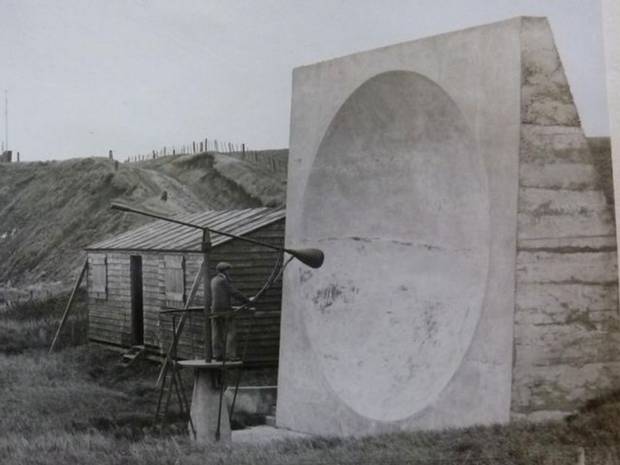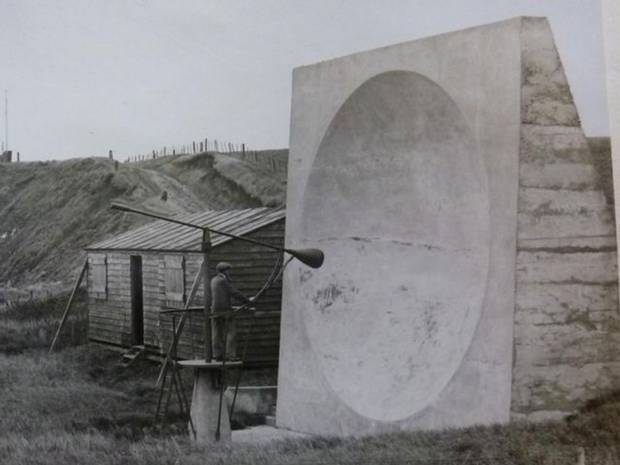When Kaiser Wilhelm II signed off on a bombing campaign against England on January 7, 1915, he was careful to exclude London in order to avoid hitting his royal relatives living there. This ban was eventually lifted, but it made little difference because the zeppelins that were being used proved to be almost completely ineffective. Apart from the fact they were extremely flammable, they were very susceptible to bad weather and anti-aircraft fire.
By May 1917, the Germans began using heavy bombers that targeted industrial and port facilities and government buildings. Although more effective than zeppelins by modern standards, this effort was not militarily successful as most bombs missed their targets. Some 1400 civilians lost their lives as a result of the campaign – including those killed by shrapnel from ant-aircraft guns. However, there was widespread public fear of the bombers, with some 300,000 Londoners going to bomb shelters during this time.
As a response to this menace, a new early warning system – sound mirrors—were developed and deployed. These large parabolic structures came in a variety of shapes and sizes, and around 16 were constructed along the southeast coast of England, mostly around the Dover area. A sound mirror that was recently unearthed at Fan Bay, about a mile from the white cliffs of Dover, stood around 20 feet tall. It was carved into chalk and then coated with concrete.
The man who is credited with pioneering this technology was a physics teacher named William Tucker. He joined the British Army as a private soldier at the outbreak of the war and in 1916 was promoted to second lieutenant at Kemmel Hill in Belgium, where he formed an experimental sound ranging section.
Sound mirrors worked by gathering distant sound waves and concentrating them to a single point. A technician could then decipher the sounds and make a determination about approaching aircraft. By comparing the sound and pressure differences caused by shells passing overhead and the sounds of the guns which fired the shells, he was able to pinpoint the location of the gun. It was this technique that was put to use in the development of the sound mirrors network set up to listen for German Bombers.
As aircraft became faster and radar was invented to track them, sound mirrors were no longer used. Their most common usage these days is at science museums as “whisper galleries” to demonstrate basic concepts of physics such as sound waves, The Independent reports.
However, interest in the sound mirrors was briefly revived in 1943 when it was feared that Germany might have developed an effective method of jamming the British coastal defence radar stations. Post Office engineers made tests at the Greatstone mirror to see if the mirrors could be used after all in case of emergency. Improved electronic equipment in the detectors meant that it was now possible to detect enemy aircraft as far as 50 miles out. In the event the radar stations were never effectively jammed and the mirrors were never needed.
Britain never publicly admitted it was using radar until well into the war, and instead publicity was given to acoustic location, as in the USA. It has been suggested that the Germans remained wary of the possibility of acoustic location, and this is why the engines of their heavy bombers were run unsynchronised, instead of synchronised as was the usual practice, in the hope that this would make detection more difficult.

